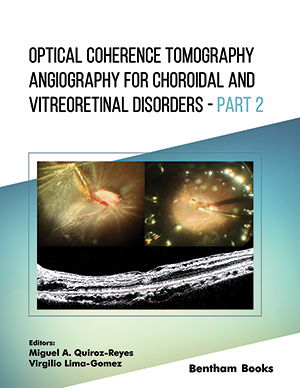Abstract
Skin and mucosal diseases can be the first manifestation of asymptomatic HIV infection, may indicate advancing immunodeficiency, or may represent systemic opportunistic infections or neoplasms. Mucocutaneous diseases are highly prevalent in the HIV-infected population and multiple pathologies are common particularly with advanced immunosuppression. The dominant HIV-associated skin diseases are infectious and inflammatory and they can cause significant morbidity. Although skin cancers are less common their prognosis is often worse. Clinical presentations are often atypical and may vary depending on the level of immunosuppression. Managing skin disease in the context of advanced immunosuppression is challenging and they often respond poorly to conventional therapies. This improves with the commencement of antiretrovirals (ARVs) and immune restoration. Despite the significant decline in HIV-related skin diseases with ARVs, the drugs themselves have brought with them a range of other skin-associated problems: adverse effects, an increased risk of drug reactions, and immune reconstitution-associated skin diseases. Therefore, the burden of skin disease remains high even in the era ARVs and the aim of this review is to equip physicians managing HIV-infected patients with knowledge of the spectrum of skin disorders associated with HIV-related immunosuppression.
Keywords: HIV, infection, skin, inflammatory, neoplasmas, antivirals

























